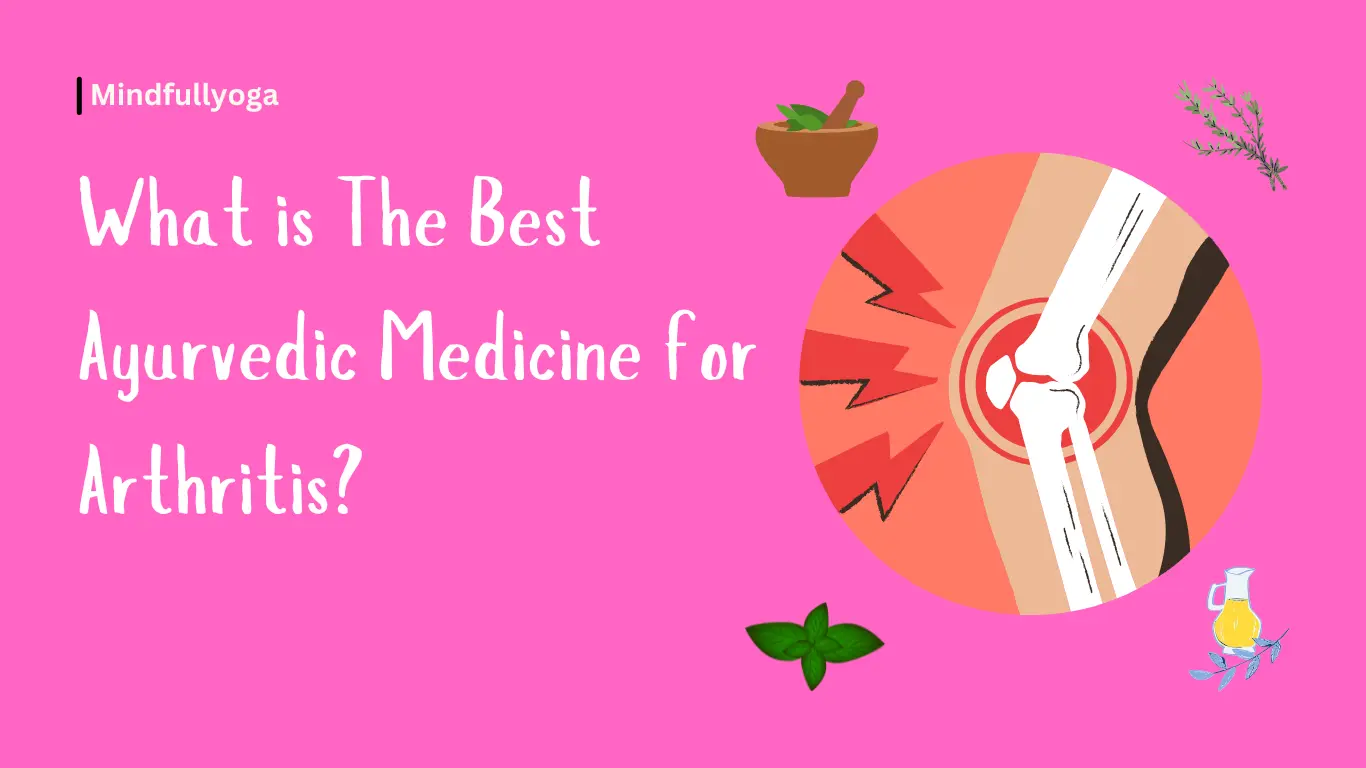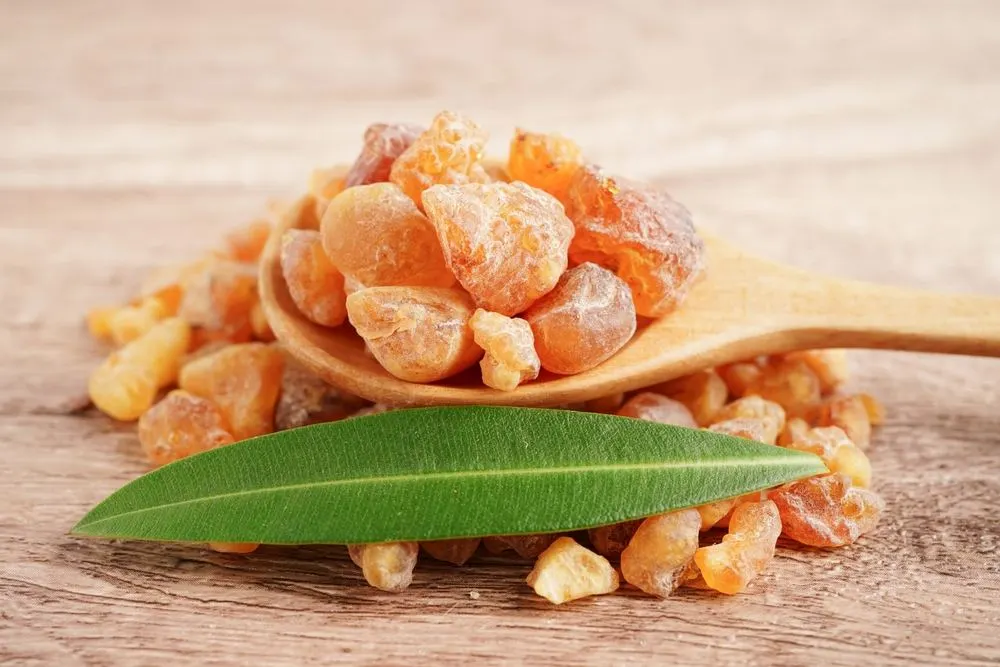
Arthritis affects 54 million adults in the U.S., making it a big health issue. Many are looking for natural ways to manage arthritis pain. Ayurveda, an old medicine system, focuses on balance and harmony to ease joint pain.
More people in the U.S. are interested in natural treatments for arthritis. Ayurveda offers many natural ways to handle arthritis symptoms. It’s a good alternative to traditional treatments for arthritis.
Key Takeaways
- Ayurveda offers a holistic approach to managing arthritis pain and joint health
- Natural remedies and herbal supplements can be effective in reducing arthritis symptoms
- Ayurvedic medicine for arthritis focuses on balance and harmony in the body
- Joint pain Ayurveda treatments often incorporate plant-based ingredients and organic compounds
- Arthritis pain Ayurveda management involves a combination of lifestyle modifications and natural therapies
- Ayurvedic treatments can be used in conjunction with conventional medicine for arthritis
Table of Contents
Understanding Arthritis Through Ayurvedic Principles
Ayurveda sees arthritis as a result of imbalances in the body’s doshas – Vata, Pitta, and Kapha. This view is key for treating arthritis with ayurveda. It helps focus on the root causes of the condition. By understanding the doshas’ role in arthritis, people can start managing their symptoms better.
The idea of ‘Ama,’ or toxins, is also important in Ayurvedic medicine. Ama blocks energy channels, causing inflammation and pain, common in arthritis. Ayurveda suggests using diet, lifestyle changes, and herbs to fight arthritis pain. These steps help reduce the need for conventional medicines and offer a natural way to treat arthritis.
The Dosha Imbalance Theory
This theory says an imbalance of any dosha can lead to arthritis. For example, too much Vata can make joints dry and stiff. Too much Pitta can cause inflammation and heat. Knowing this theory is essential for creating effective Ayurvedic treatment plans for arthritis.
How Ayurveda Views Joint Health
Ayurveda links joint health to the body’s dosha balance. When doshas are balanced, joints stay healthy and work well. But, an imbalance can harm joints, causing arthritis pain. Keeping doshas in balance can lower arthritis risk and improve joint health.
The Role of Ama in Arthritis
Ama is key in arthritis, as it can build up in joints, causing pain and inflammation. Ayurvedic treatments like Panchakarma can remove Ama and balance the body. These remedies can greatly improve symptoms and quality of life for those with arthritis.
The Science Behind Ayurvedic Medicine for Arthritis
Ayurvedic medicine treats arthritis in a unique way. It looks at the cause of the problem, not just the symptoms. This approach helps you understand why it works.

Studies show that some ayurvedic herbs, like turmeric, have special compounds. These compounds fight inflammation and protect against damage.
Using ayurvedic medicine for arthritis can bring many benefits. These include:
- Reduced inflammation and pain
- Improved joint mobility and function
- Enhanced overall well-being
When Ayurvedic medicine is used along with traditional treatments it can be quite beneficial. It provides a holistic approach to arthritis care.
Most Effective Ayurvedic Herbs for Joint Pain Relief
Ayurvedic medicine offers a natural way to handle joint and muscle pain. It’s a great option for those looking to ease arthritis pain. Many herbs are known for their ability to reduce inflammation and support joint health.

These herbs can be added to your daily routine to help with arthritis pain. These are a few of the more successful ones:
- Turmeric (Curcuma longa), is known for its anti-inflammatory properties due to curcumin, which helps reduce joint pain Ayurveda.
- Boswellia (Shallaki), which reduces cartilage degeneration and alleviates joint pain Ayurveda.
- Ashwagandha is an adaptogenic herb that helps your body cope with stress and promotes overall well-being, reducing arthritis pain Ayurveda.
- Ginger, which has anti-inflammatory properties that aid in reducing joint pain Ayurveda and promoting digestive health.
These herbs are available in the form of creams, teas, and tablets. They can be used to manage arthritis and joint pain. Adding ayurvedic medicine to your treatment plan can bring relief and improve your life quality.
Traditional Ayurvedic Formulations for Arthritis Treatment
Ayurvedic medicine for arthritis uses traditional formulas that have helped for centuries. These formulas mix herbs to offer relief from joint stiffness and inflammation. Understanding traditional blends is key when looking into Ayurveda for arthritis treatment.
Well-known formulas include Rasnasaptakam kwatha and Dashamoola. These ancient mixes aim to ease joint pain and inflammation. The ingredients are chosen to work together, boosting their healing power.
Here are some key benefits of traditional Ayurvedic formulations:
- Relief from joint stiffness and inflammation
- Improved joint mobility and flexibility
- Reduced pain and discomfort
- Enhanced overall well-being
When looking into arthritis medicine, talking to an Ayurvedic expert is important. They can pick the right formula for you based on your health. Adding Ayurveda to your treatment plan can bring many benefits.
Therapeutic Oils and Their Application Methods
Therapeutic oils are key in managing joint pain with Ayurveda. They are made to ease joint pain and lower inflammation. This makes them a must-have in any Ayurvedic treatment plan. For knee pain, these oils are extra helpful, as they help loosen stiffness and boost movement.
To make the most of these oils, using them right is important. This means warming the oil first, massaging gently, and letting it stay on the skin longer. Some top oils for joint pain are:
- Mahanarayana Oil, known for its anti-inflammatory effects
- Dhanwantharam Oil, used to lessen stiffness and enhance movement
Adding therapeutic oils to your Ayurvedic treatment can greatly reduce joint pain. They can also improve your life quality. Whether it’s knee pain or general joint pain, these oils are a great addition. Always talk to an Ayurvedic expert before starting any new treatment. They can guide you on how to use these oils correctly.
Dietary Recommendations in Ayurvedic Arthritis Management
Diet is key in treating arthritis with Ayurveda. Ayurvedic wisdom says a balanced diet helps manage arthritis. It can reduce inflammation and pain, improving overall health.

To fight arthritis, eat foods that fight inflammation. Ghee, cooked veggies, and whole grains are good. Ghee is special in Ayurveda for its anti-inflammatory effects. Avoid foods that make ‘Ama’ worse, like processed items. Here are some tips:
- Eat anti-inflammatory foods like turmeric, ginger, and boswellia
- Choose cooked veggies over raw ones to lower inflammation
- Go for whole grains instead of refined carbs
- Stay away from processed and packaged foods that worsen ‘Ama’
By changing your diet, you can help your arthritis treatment in Ayurveda. This can also ease your pain. Always talk to an Ayurvedic expert to make a diet plan that’s right for you.
Panchakarma Treatments for Joint Pain
When looking into ayurvedic treatments for arthritis pain, you might find Panchakarma therapies. The goal of these detoxification processes is to rid the body of toxins. They use oil massages and herbal enemas to help restore mobility and ease joint pain. Ayurveda takes a holistic approach to arthritis pain, focusing on the root cause, not just the symptoms.
In the context of arthritis pain Ayurveda, Panchakarma treatments have shown promising results. Some of the key benefits of these therapies include:
- Reduced inflammation and pain
- Improved joint mobility and flexibility
- Enhanced overall well-being and quality of life
Abhyanga Benefits
Abhyanga, or oil massage, is a key part of Panchakarma treatments. This treatment involves using warm oil to massage the body. It loosens and removes toxins, promoting relaxation and reducing arthritis pain.
Swedana Therapy
Swedana therapy, or steam treatment, is another important aspect of Panchakarma. This therapy helps open up the pores. It allows toxins to be released and promotes overall detoxification.
Basti Treatment
Basti treatment, or herbal enema, is a unique therapy. It involves administering herbal medications through the rectum. This treatment is designed to nourish and cleanse the colon, promoting overall health and well-being.
Lifestyle Modifications and Daily Routines (Dinacharya)
Exploring arthritis treatment in Ayurveda shows the value of aligning daily routines with natural rhythms. This approach supports healing and managing symptoms. Ayurvedic principles focus on mindful practices, gentle exercises, and healthy sleep for well-being.

Simple lifestyle changes can greatly impact your treatment. Starting with a morning practice like yoga or meditation can boost flexibility and reduce stress. Light exercises, such as walking or swimming, also improve joint mobility and strength.
Morning Practices
- Begin with a 10-minute meditation session to calm your mind and set intentions for the day
- Practice gentle stretches or yoga to loosen up your muscles and improve flexibility
- Enjoy a warm bath or shower to relax your muscles and prepare for the day ahead
Exercise Recommendations
Regular exercise is key for managing arthritis symptoms. Try low-impact activities like cycling or tai chi. These can enhance joint mobility, lessen pain, and boost overall health.
Sleep Hygiene
Getting a consistent sleep schedule is essential for arthritis treatment in Ayurveda. Every night, try to get 7 to 8 hours of sleep. Create a calming bedtime routine to signal rest time. Avoid stimulating activities before bed and choose a soothing tea or warm milk for a good night’s sleep.
Combining Ayurvedic Treatments with Modern Medicine
Managing arthritis can involve many treatment options. Ayurvedic medicine offers a holistic way to treat pain. Modern medicine, on the other hand, takes a more conventional approach. Combining these can lead to better results, even for long-term cases.
By mixing Ayurvedic treatments with modern medicine, you get a more complete treatment plan. This way, you can use Ayurvedic herbs and therapies alongside conventional medicine. For instance, Ayurvedic massage like Abhyanga can help reduce stress and inflammation. At the same time, you can take conventional medicine to manage symptoms.
Some benefits of this combination include:
- Improved symptom management
- Enhanced overall well-being
- Reduced risk of side effects from conventional medicine
Before starting any new treatment, it’s important to talk to a healthcare professional. They can help create a strategy tailored to your needs. This guarantees a method of therapy that is both safe and efficient.
Safety Considerations and Contraindications
When using Ayurvedic medicine for joint and muscle pain, safety is key. Ayurvedic treatments are effective but need careful use. It’s important to know about possible interactions and side effects.
To use Ayurvedic medicine safely, keep these points in mind:
- Potential side effects: Some ayurvedic herbs can cause issues like digestive problems, allergic reactions, or interactions with other drugs.
- Drug interactions: Ayurvedic medicine might not work well with certain medicines. This includes blood thinners, diabetes drugs, and blood pressure meds.
- Contraindications: Some ayurvedic treatments should not be used by people with certain health issues. This includes pregnant women, breastfeeding moms, or those with severe liver or kidney disease.
Potential Side Effects
Ayurvedic medicine can have side effects, mainly if not used right. Common issues include stomach problems, skin rashes, or allergic reactions.
When to Consult a Practitioner
If you face severe side effects or have doubts about using Ayurvedic medicine, talk to a qualified practitioner or healthcare expert. They can guide you on safe use and help with any concerns.
Success Stories and Clinical Evidence
Managing arthritis symptoms is a big concern. You want to find out if the treatment is effective. Ayurvedic treatments have shown great results in reducing pain and improving joint health. Many people have found relief from arthritis pain using Ayurvedic treatments.
Clinical evidence backs the use of Ayurvedic treatments for arthritis. Studies have shown that certain Ayurvedic herbs and formulations can reduce inflammation and improve joint function. For example, a study on turmeric found it reduced joint pain and inflammation in patients with rheumatoid arthritis.
Some benefits of Ayurvedic treatments for arthritis include:
- Reduced inflammation and joint pain
- Improved joint function and mobility
- Enhanced overall well-being and quality of life
By adding Ayurvedic treatments to your arthritis pain treatment plan, you can experience these benefits. This can improve your overall health and well-being.
How to Choose the Right Ayurvedic Treatment Plan
Choosing the right treatment for joint pain or arthritis is key. There are many options, making it hard to pick the best ones for you. This is true whether you’re looking at remedies, oils, or therapies.
For the best advice, talk to a certified Ayurvedic practitioner. They can guide you based on your specific symptoms and needs. They might suggest herbal remedies, oils, or Panchakarma treatments.
When picking an Ayurvedic plan, consider a few things:
- How bad your symptoms are: Are they mild, moderate, or severe?
- Other health issues: Do you have any other health problems that could affect treatment?
- Your lifestyle and diet: What’s your current diet, exercise, and daily habits like?
By looking at these factors, you can work with an Ayurvedic practitioner. Together, you can create a treatment plan that meets your needs and improves your health.
Closing
Ayurvedic medicine offers a holistic approach to managing arthritis that goes beyond treating symptoms. It helps you understand and fix underlying imbalances. This is done through herbal remedies, oils, diet changes, and lifestyle tweaks.
The key to effectively treating arthritis in Ayurveda is knowing your unique dosha imbalances. You also need to clear out ama and use the right herbs, oils, and Panchakarma therapies. With time and commitment, you can regain your mobility and live a pain-free life.
Remember, your journey to Ayurvedic arthritis treatment is personal. It needs a tailored approach and working closely with an Ayurvedic expert. By doing this, you can unlock Ayurveda’s full power to improve your joint health and overall well-being.
Also Read: Best Ayurvedic Skin Care Tips for Radiant, Healthy Skin
Also Read: Yoga Breathing Exercises for High Blood Pressure
Also Read: Ayurvedic Remedies for Varicose Veins: 4 Natural Ways




